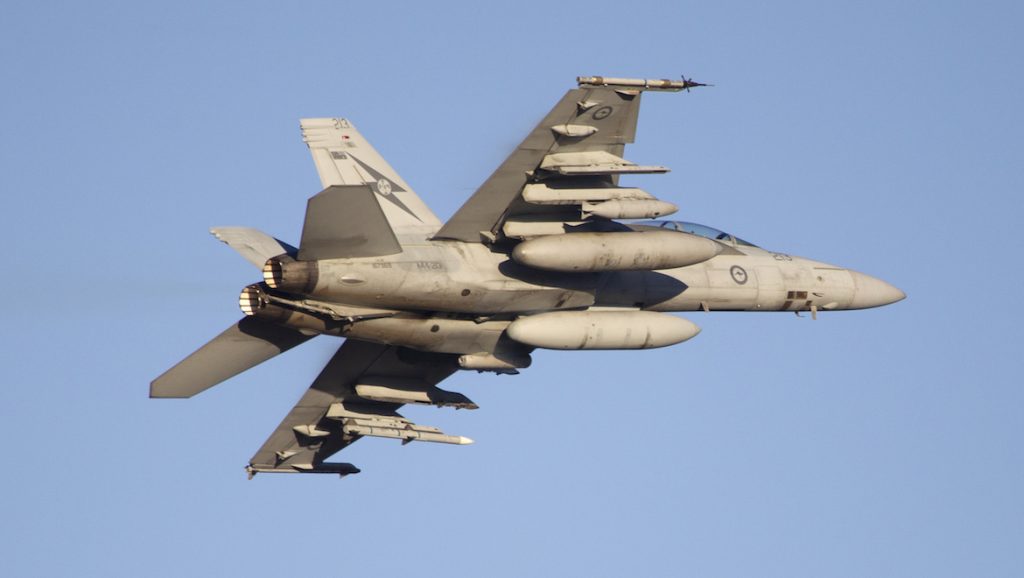
The UK is set to join Australia and the US in developing hypersonic missiles capable of being fired from aircraft such as the Super Hornet and F-35.
The new generation payload can travel at five times the speed of sound and are near impossible to track with existing radars.
A statement on behalf of the leaders of the three countries said their collaboration had increased in response to Russia’s “unprovoked, unjustified, and unlawful invasion of Ukraine”.
Australia was previously working with just the US to develop the missiles, under what was known as the Southern Cross Integrated Flight Research Experiment (SCIFiRE).
Now the collaboration will come under the larger AUKUS partnership, originally conceived to provide nuclear-powered submarines to Australia.
“We reaffirmed our commitment to AUKUS and to a free and open Indo-Pacific,” read the statement, released in the early hours of Wednesday morning by Scott Morrison, Boris Johnson and Joe Biden.
“We also committed today to commence new trilateral cooperation on hypersonics and counter-hypersonics, and electronic warfare capabilities, as well as to expand information sharing and to deepen cooperation on defense innovation.
“These initiatives will add to our existing efforts to deepen cooperation on cyber capabilities, artificial intelligence, quantum technologies, and additional undersea capabilities. As our work progresses on these and other critical defense and security capabilities, we will seek opportunities to engage allies and close partners.”
Just last week (29 March 2022), an Australian consortium was awarded $2.95 million to research reusable hypersonic UAVs.
Hypersonix Launch Systems, the University of Southern Queensland, LSM Advanced Composites and Romar Engineering were awarded the grant via the federal government’s Cooperative Research Centres Project (CRC-P) to help develop a reusable UAV that can travel up to Mach 12.
In January, the Commonwealth government also opened Defence’s $14 million Australian Hypersonics Research Precinct in Brisbane’s Eagle Farm.
The precinct is designed to house over 60 staff.















